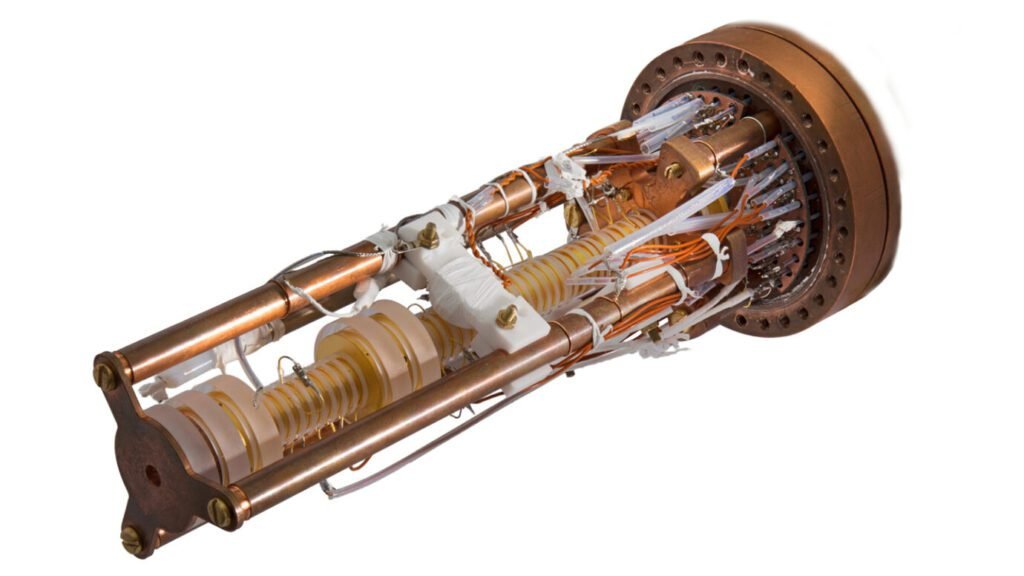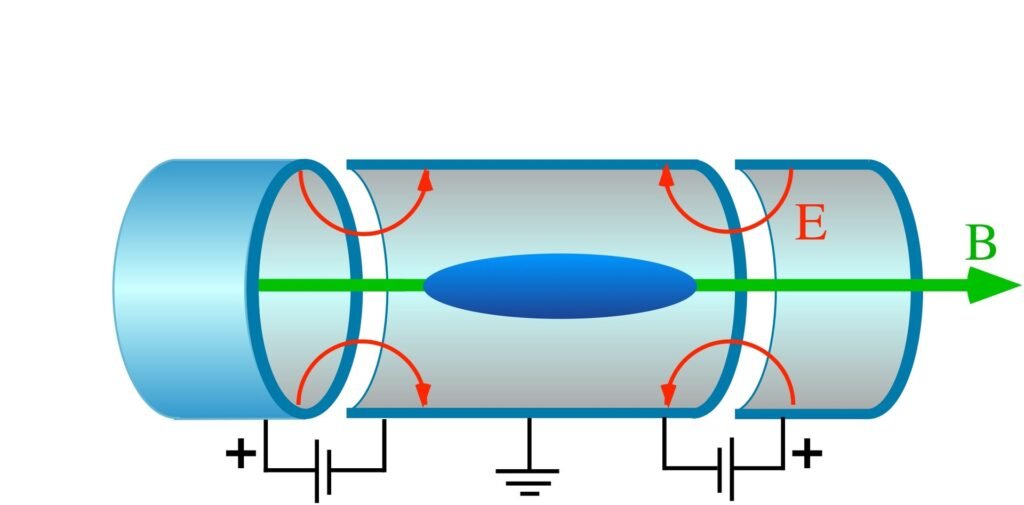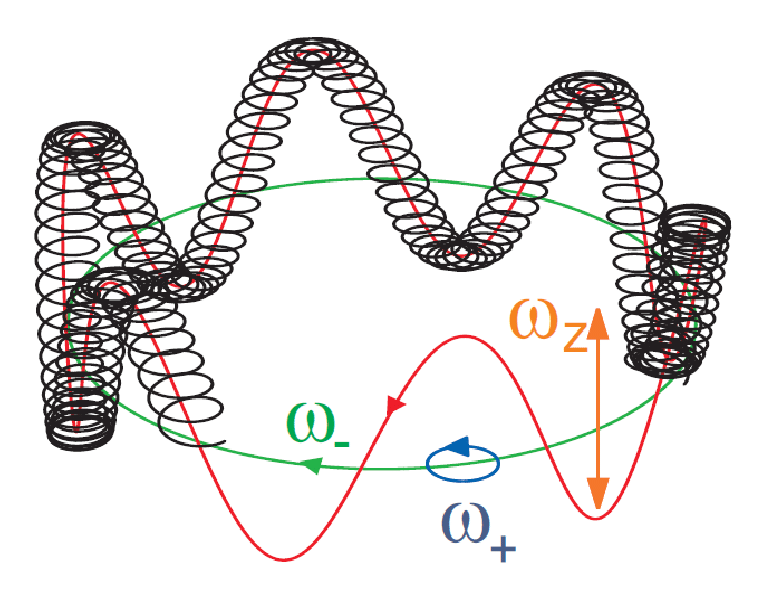The new BASE measure with high precision didn’t show substantial differences between protons and antiprotons, beyond the electric charge signal.
To read this post, it’s necessary to understand what is antimatter, this concept have already been explained in the news “High energy antimatter particle in Antarctica“.
Source: ScienceNews
It’s confirmed: Protons and antiprotons are well-matched. The two types of subatomic particles mirror each other in the ratios of their electric charge to mass, a new extremely precise experiment verifies.
Scientists still don’t understand why matter is common in the universe while antimatter is rare. To investigate the origins of this asymmetry, scientists keep checking, to ever greater precision, for differences between matter and antimatter particles, which could hint at how matter came to dominate the cosmos.
The Baryon Antibaryon Symmetry Experiment, or BASE, at the European particle physics laboratory CERN, near Geneva, measures the oscillations of a single antiproton confined within an electromagnetic trap. These oscillations, which reveal the charge-to-mass ratio of the antiproton, are compared with those of a trapped hydrogen ion, comprising a proton and two electrons, which give the proton charge-to-mass ratio.
After more than 24,000 of these oscillation comparisons, BASE researchers found that the two charge-to-mass ratios mirror one another with a precision of 1.6 billionths of a percent, the team reports January 5 in Nature. That’s more than four times as precise as the previous measurement.
The result also tests physicists’ understanding of gravity’s effect on antimatter, says Stefan Ulmer, a spokesperson of BASE and physicist at RIKEN in Wako, Japan. The Earth’s gravitational environment changes as the planet orbits the sun, so if gravity affected protons and antiprotons differently, that effect would have surfaced during the year and a half over which the data were taken. “We have shown that antimatter and matter interact with gravity … in an exactly identical way,” to within an uncertainty of 3 percent, Ulmer says.
The links to posts about my visit to CERN.
Visit to CERN (Part 1)Click here
Visit to CERN (Part 2)Click here
How does the BASE experiment work?

Uses the Penning traps, a device that imprison charged particles with a magnetic axial field B and 4 electric fields E.


A BASE’s trap identify the particle’s spin, while another flips the particle’s spin when measures it’s cyclotron frequency ω+. The operation of cyclotron will be subject to another post.
Also has 2 more traps: one to monitor changes on magnetic field by external interferences and another to store the antiprotons.



Professor Prem raj Pushpakaran writes — 2022 marks the birth centenary year of Hans Georg Dehmelt!!!
https://www.youth4work.com/y/profpremrajpushpakaran/Prof-Prem-Raj-Pushpakaran-popularity
Hello.